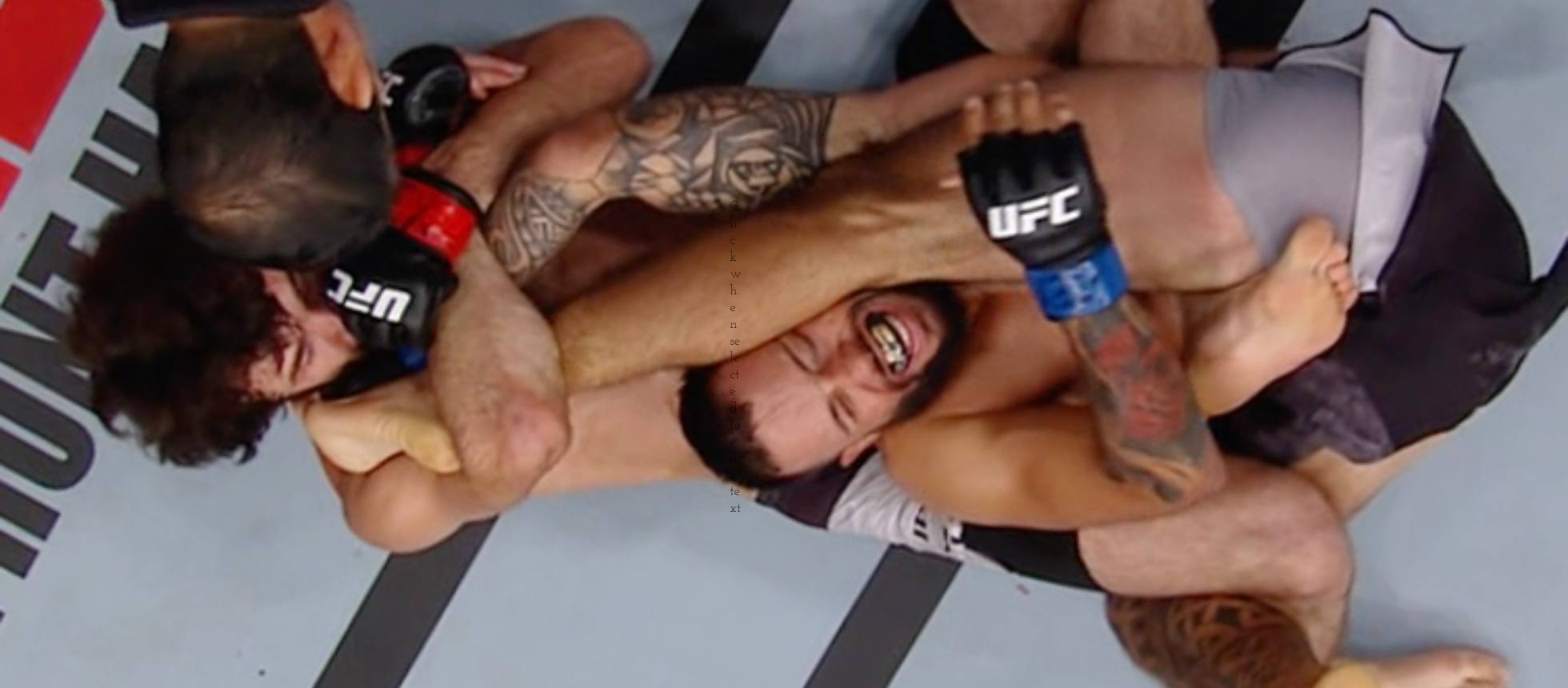The Suloev stretch is a lesser-known but highly effective submission hold in mixed martial arts and grappling. It is named after Amar Suloev, a Russian mixed martial artist who gained notoriety for his deadly combination of kickboxing and wrestling skills.
History of the Suloev Stretch
Amar Suloev’s career in MMA began in 1999, where he competed in bare-knuckle events in Russia and Brazil. He was known for his prowess both on the feet and on the mat, thanks to his background in kickboxing and wrestling. In 2002, he entered the UFC and competed twice, although he lost to Chuck Liddell via decision.
Suloev left the UFC in 2002 and competed in various MMA organizations. It was during his bout against Paul Cahoon where Suloev first used the submission hold that would later bear his name. He submitted Cahoon in only 63 seconds with a unique submission hold.
However, it was not until 2013 when the term “Suloev stretch” entered the common parlance, coined by MMA journalist KJ Gould following Kenny Robertson’s win versus Brock Jardine at UFC 157. Before then, fans and writers struggled to identify the attack, often referring to it as a kneebar or hamstring stretch.
Suloev retired from MMA in 2008 and was later jailed after being accused of acting as a hitman for the Russian mob. He was released after being diagnosed with stomach cancer but died in 2016 at the age of 40.
How the Suloev Stretch Works
The Suloev stretch is not a joint lock but instead involves pulling on an opponent’s leg, taking the hamstring muscles to the limits of their flexibility. It is a painful submission hold that can cause serious injury by tearing the muscles in the back of the thigh. Moreover, the Suloev stretch affects the hip and knee of the isolated leg. Some pressure is applied through the hyperextended knee joint much like a kneebar, while the rotational limit of the hip joint is put under stress due to the leg’s extreme position in relation to the torso.
To initiate the Suloev stretch, the attacker must control their opponent from the back, usually securing a seatbelt grip around the upper body and either one or both hooks or a body triangle around the lower torso. The most common set-up comes when the defender has their hands and feet on the floor and elevates their hips. The attacker will grab one of the ankles and pull it towards the upper body, elongating the hamstring group of muscles in the back of the thigh and causing great pain and possible muscle damage if not released.
September 8, 2018
UFC 228
Aljo hits a rare Suloev Stretch submission on Cody Stamann at UFC 228 pic.twitter.com/lYDEmHeyKb
— Ocelot MMA (@Ocelot_MMA) October 18, 2022

